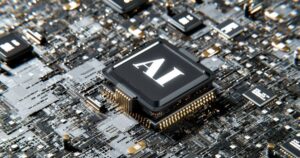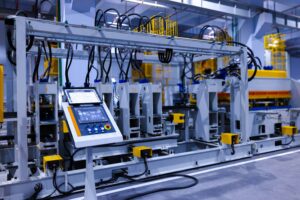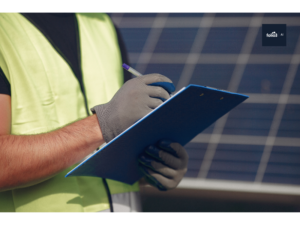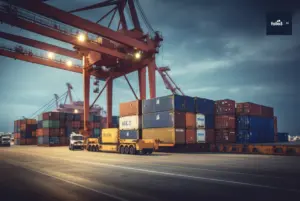Folio3 AI Blog
Shaping Tomorrow with Intelligent Solutions
Explore the latest advancements in AI technology and how they're transforming industries for a smarter, more efficient future.

360 AI Insights with Folio3
Your hub for the newest AI developments, providing insights into state-of-the-art machine learning, transformative automation, and specialized AI applications. Explore expert opinions, success stories, and emerging trends that are pushing the boundaries of what's possible with artificial intelligence.
Converse Smartly
Sometimes, gathering our thoughts and writing a simple sentence is tough. Take our professional lives, for example. You have a brilliant idea for a project proposal and speak it confidentially in a meeting room, but when you sit down to document it, the words don’t flow. That’s what the best speech-to-text software is all about. […]
Author: Dawood Khan Barozai
Date: July 1, 2024

A Complete Guide To Generative AI Implementation
Generative AI adoption has accelerated rapidly, with research showing that most organizations are now using generative AI in at least one business function. However, only a few have succ...
Read More
What is the Difference Between OpenAI And Generative AI
Artificial intelligence continues to advance rapidly, bringing exciting new technologies that transform how we work, create, and interact with digital systems. With these developments co...
Read More
The ROI Of Generative AI: Is It Worth The Investment?
Generative AI has become central to enterprise operations, with companies adopting AI-powered tools and solutions to streamline processes. According to a 2024 McKinsey study, organizatio...
Read More
Generative AI In Manufacturing: Top Use Cases And Benefits
Generative artificial intelligence (GenAI) is changing industries worldwide, with manufacturing becoming one of the most promising areas for AI adoption. As global supply chains face maj...
Read More
How to Integrate AI Into Your App: Step-by-Step Guide
Mobile and web applications have evolved into something extraordinary. What once required massive development teams and months of complex programming can now be accomplished with a few A...
Read More
Solar Panel Inspection Costs In 2025: What To Expect
Solar panel inspection costs vary dramatically across the United States, ranging from $200 for basic visual assessments to over $1,000 for detailed AI-enhanced diagnostics. Solar install...
Read More
8 Ways AI is Transforming Sports Analytics: Expert Insights
Did you know AI is changing the game in sports analytics? It's reshaping everything from personalized training to more innovative strategies and fan engagement. It’s not just about talen...
Read More
AI for Fleet Management: Efficiency, Tracking, and Fuel Savings
How many times have you watched fuel costs eat into your profits while vehicles sit in traffic or break down unexpectedly? According to Statista, the artificial intelligence market size ...
Read More
How AI is Revolutionizing Public Transport Systems
Urban traffic chaos is everywhere. Cities are drowning in gridlock while outdated public transportation systems struggle to handle millions of daily passengers. Buses run late, trains br...
Read More
Top 5 Transportation Industry Trends for 2025
The transportation industry is experiencing an exciting transformation in 2025. Technology is redefining how we move people and goods, creating fresh opportunities for companies ready to...
Read More







